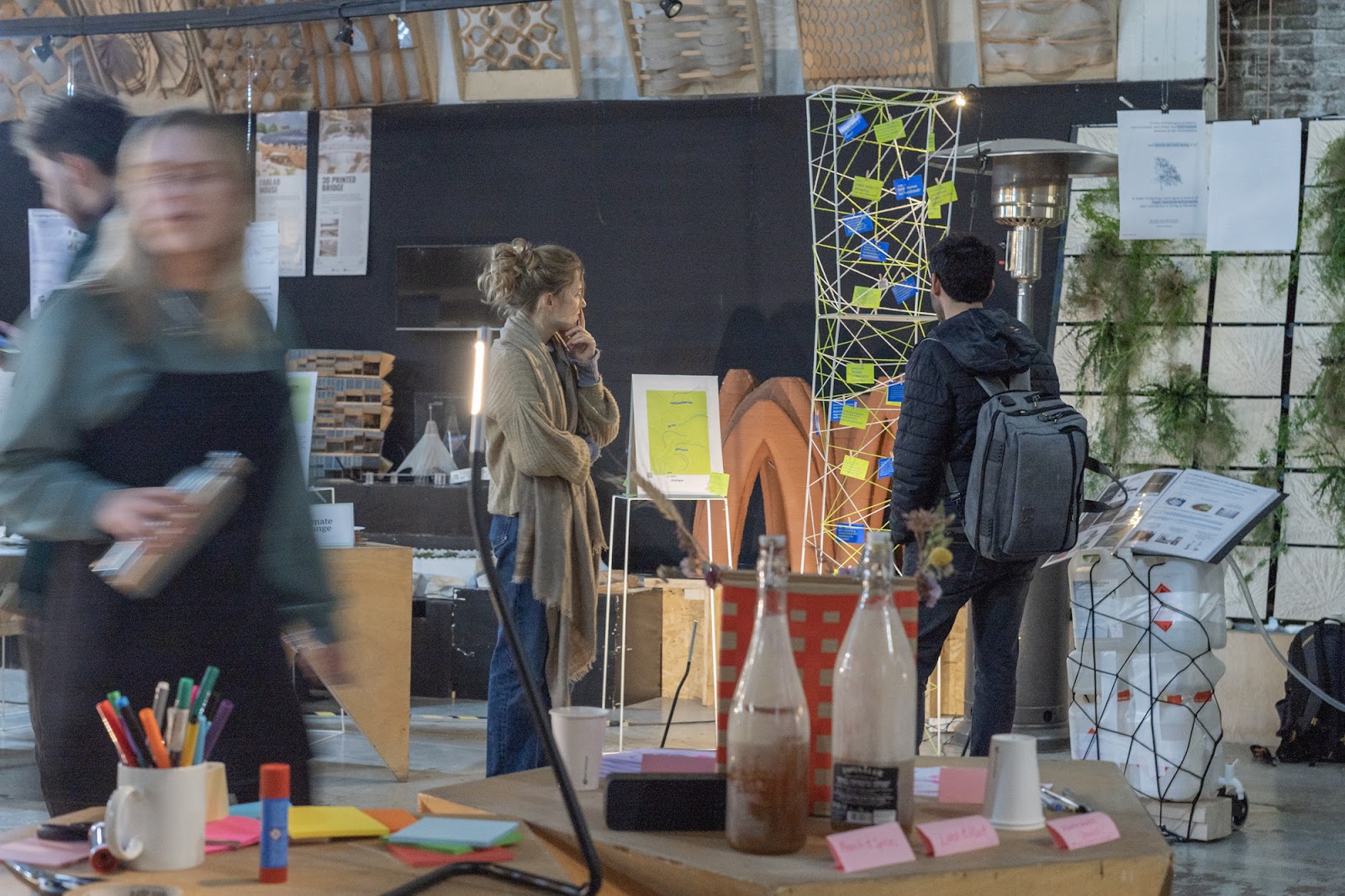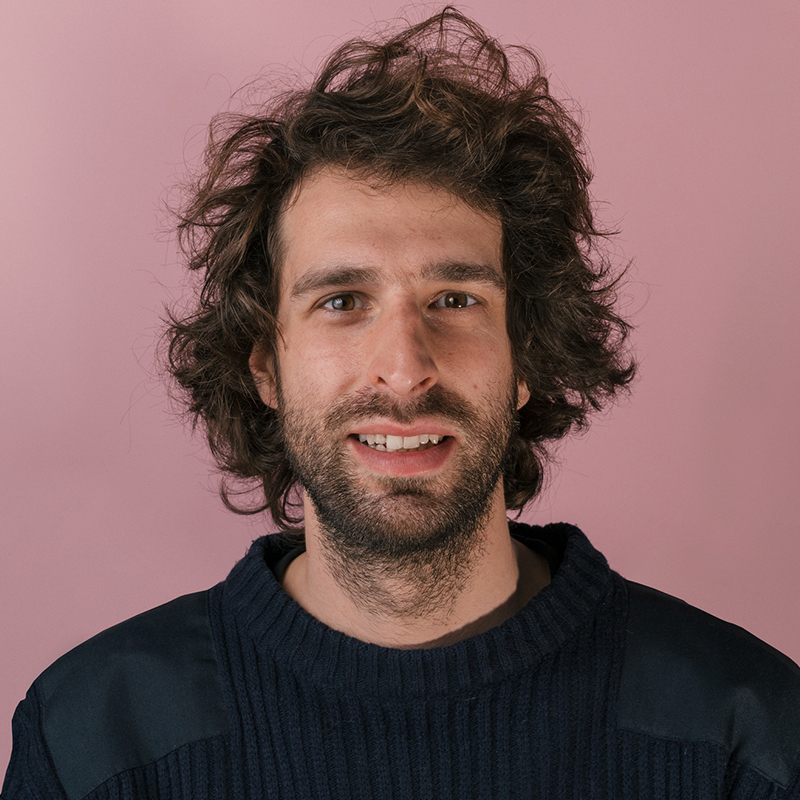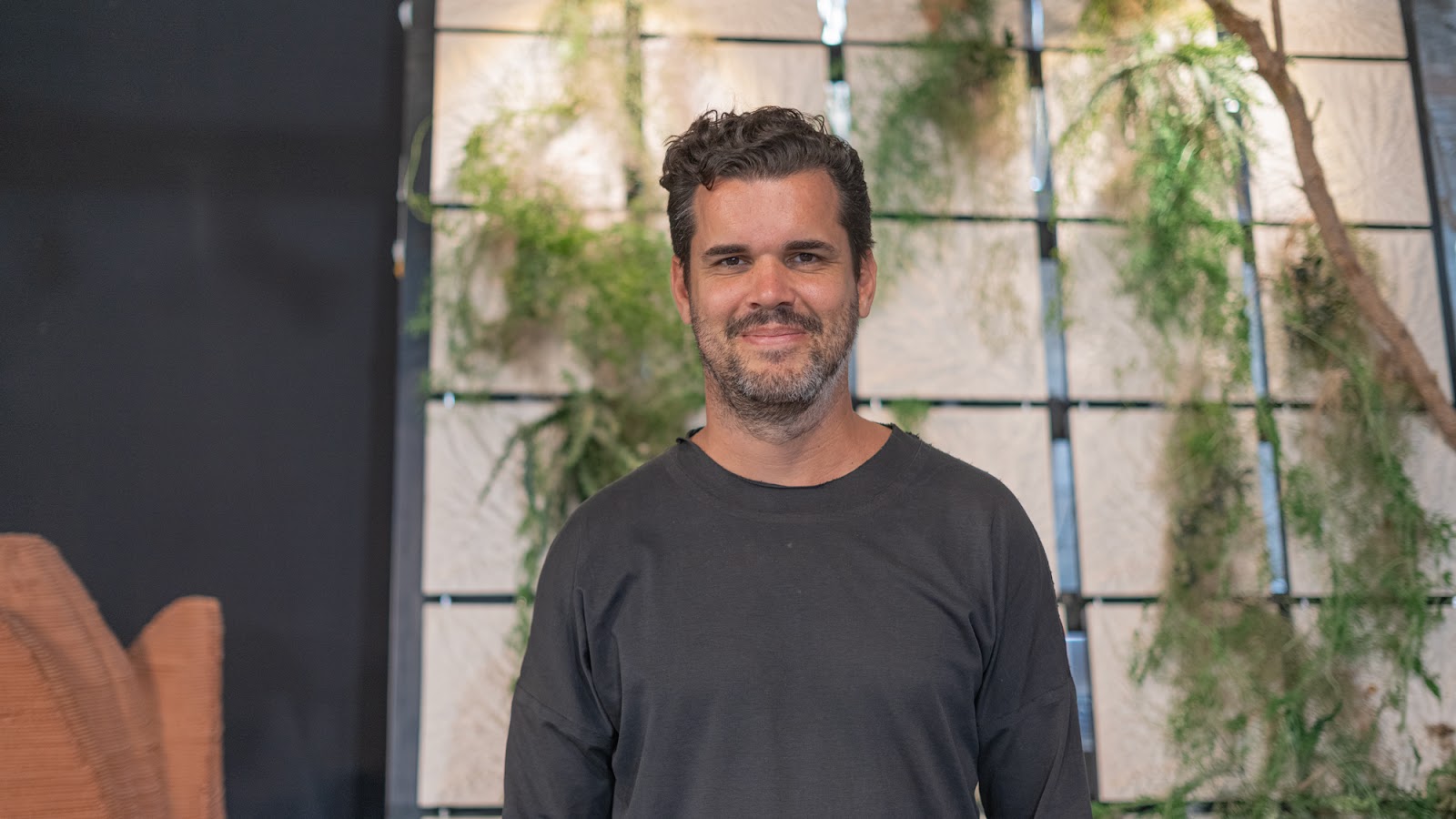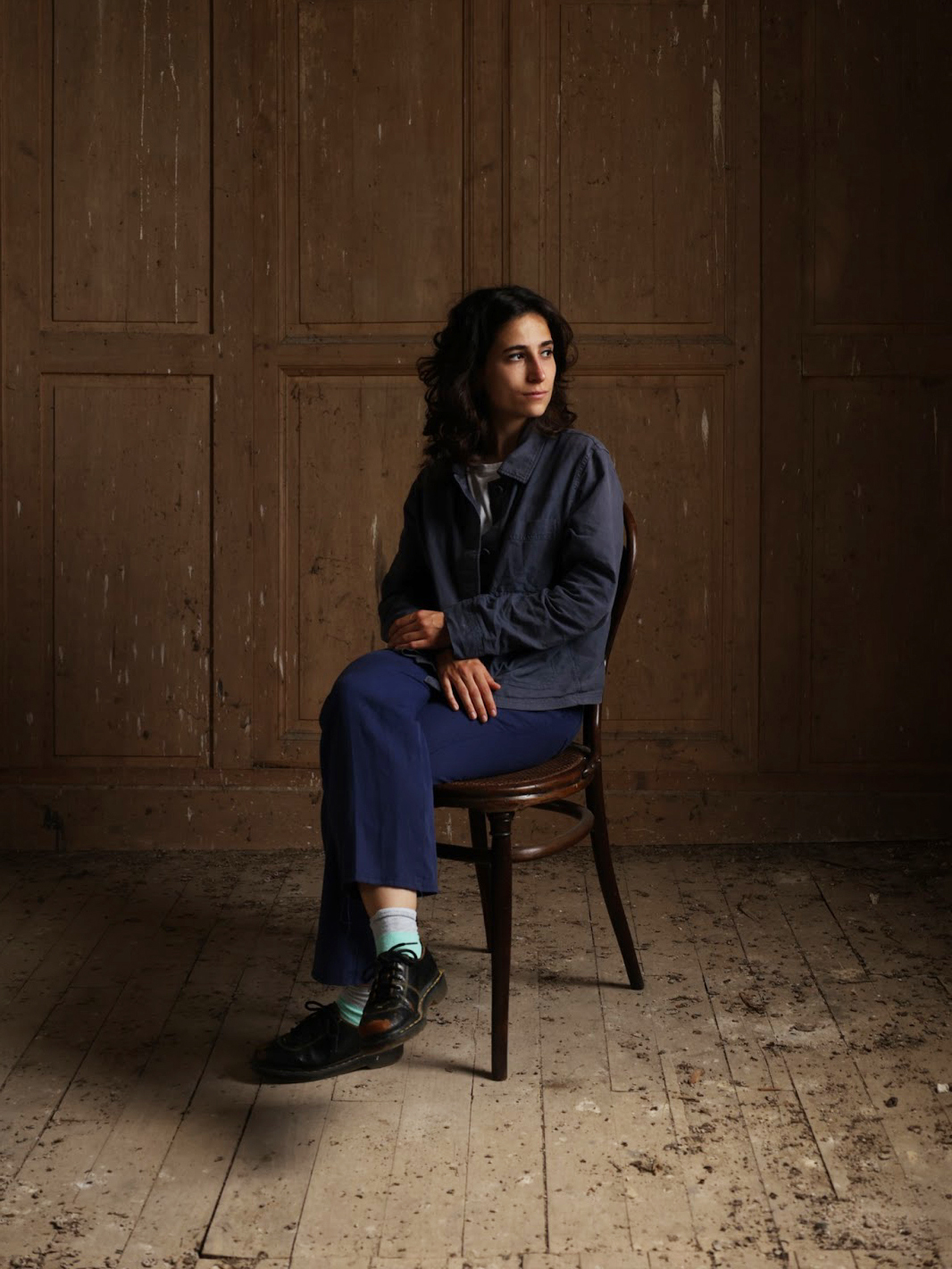Syllabus⇝
MDEF Research, Design and Development studios aim to take research areas of interest and initial project ideas into an advanced concretion point, and execution plan. The studio structure in three terms could be understood as follows:
TERM 1 Research: Understanding what it means to design for emergent futures. Analyzing the past and finding weak signals. References, state of the art. Identifying areas of interest. Experimenting from the first-person perspective.
TERM 2 Design: Forming the present through interventions in the real world. Building the foundations of your design space, forming strategic partnerships. Applying knowledge into practice through iterative prototyping. Testing ideas and prototypes in the real world.
TERM 3 Development: Refining interventions and identifying desirable futures. Establishing roadmaps for the construction of emergent narratives.. Communicating and disseminating your project through speculative design.
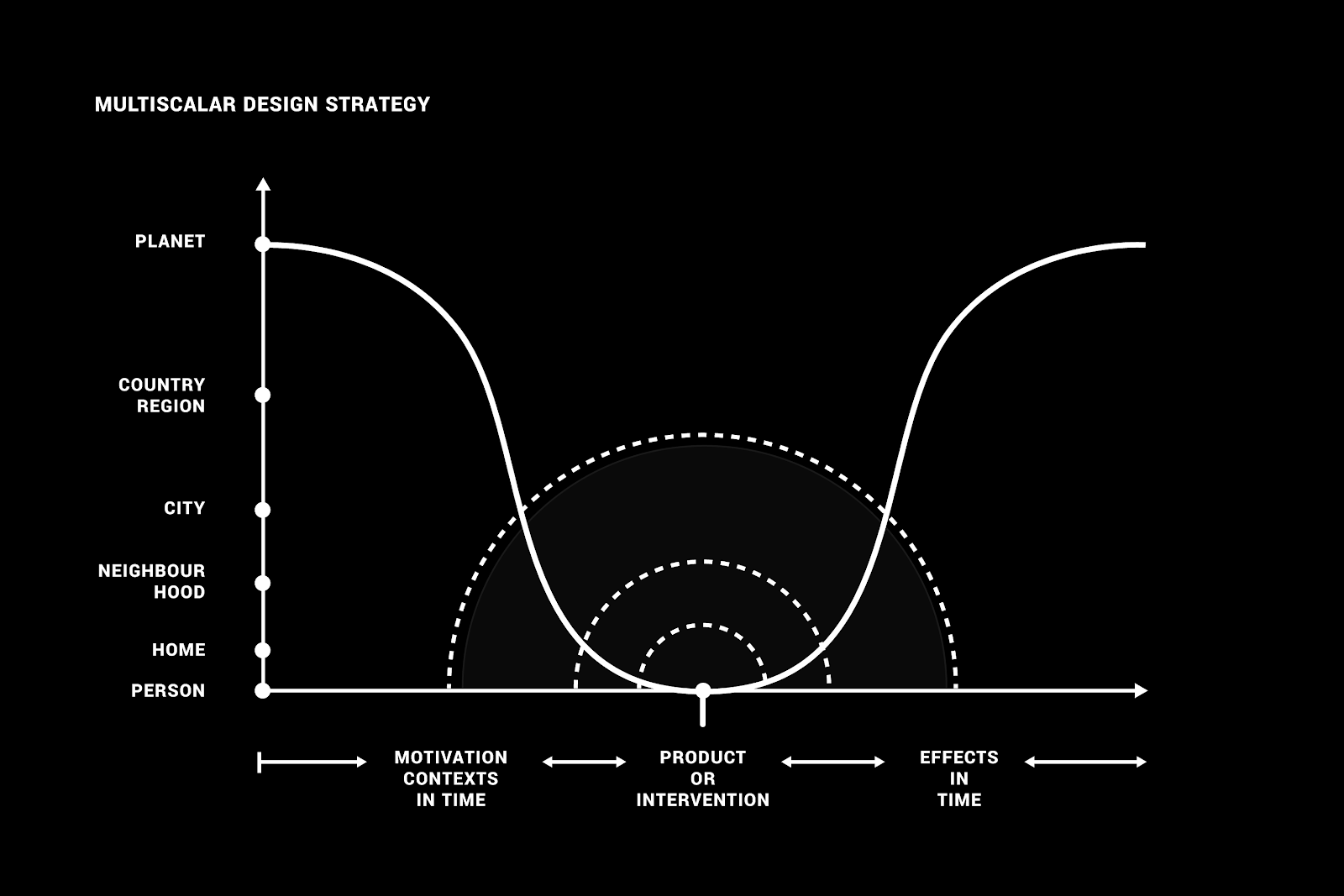
Fab Lab Barcelona (IAAC) & Fab City Foundation
The first term Design Studio aims to create a solid ground for the students to start developing their projects. Weekly activities will be set to interlink results from the courses like their mappings, cartographies, experiments, 1st person design activities, prototypes, with their personal development plan. In order to propose an area of intervention at the end of the trimester. The Design Studio activities will consist of presentations, group activities, short exercises and personal coaching.
Keywords: Prototyping, 1st Person Research through Design, Design Space, Documentation and Communication, Design Interventions
Learning Objectives⇝
The specific goals are the following:
- To develop a critical position in the student’s design practice.
- Define possible areas of intervention, based on the Atlas of the Week Signals.
- Prototype an alpha version of the design space and iterate.
- To build personal and collective repositories of resources.
Schedule⇝
Landing Kick off - What's your purpose
Goals: This session will be part of the landing week activities. A reflection of where each of us is now and where we would like to be by the end of the program, "The old me and my new me".
Roles of Prototyping in 1PP Research through Design
Goals: To learn about the different roles of prototyping in design research. Being resilient and resourceful as a professional. Learn about 1PP RTD iterative design interventions methodology.
Activity 1: From the different roles that prototypes play in design research, reflect which ones you have used in the past and which ones you could include in your practice.
Activity 2: Bring a random scrap material from home. Use the material to sketch a prototype of another colleague's inquiry.
Deliverable: Write a post on your website describing your own RtD toolbox based on your vision and identity. Select the main roles of prototyping and other design activities that you want to use based on the context you are in.
Schedule: Each session will start with a 15-minute check-in round and end with a 45-minute collective reflection space to share experiences and identify collaborative goals.
Design Studio Reviews
Areas of interventions in a Multiscalar Design Space. Collaborative design spaces and interventions.
Goals: To explore and develop forms of aggregative documentation, building collective design spaces.
Activity: Develop a collective framework to document explorations using the existing digital platforms, build digital maps of resources and opportunities in the design studio.
Deliverable 1: A collaborative map of projects, resources, news, and opportunities for interventions that can populate your physical working space and a plan on how to share relevant information between all of you on-line.
Deliverable 2: Carry out different pilot design interventions to understand in an embodied and situated way your design space.
Schedule: Each session will start with a 15-minute check-in round and end with a 45-minute collective reflection space to share experiences and identify collaborative goals.
Design Studio Reviews
Personal narratives, collective storytelling. Forms of 1PP Documentation and Communication.
Goals: Learn new ways of documenting and communicating. Integrate documentation and communication as part of your daily activities.
Activity: Reflect on how you are documenting and communicating your process within the courses and the project.
Deliverable 1: Choose 1 or more roles and formats from the list that was collectively created in class and put them into practice. Write a post with a reflection on the communication strategy that you are devising for the next stages of your project.
Schedule: Each session will start with a 15-minute check-in round and end with a 45-minute collective reflection space to share experiences and identify collaborative goals.
Design Studio Reviews
Collective design intervention: a collective design action with humans and/or non-humans.
Goals: Situate your collective explorations in context to frame to update your collective design space.
Activity: Plan your collective design intervention and map the actors and infrastructure you want to involve.
Task: Execute your first collective design intervention for the next design studio.
Deliverable: Document the collective design intervention, analyze it and reflect on the findings.
Schedule: Each session will start with a 15-minute check-in round and end with a 45-minute collective reflection space to share experiences and identify collaborative goals.
Design Studio Reviews (group)
Design Dialogues Preparation
Goals: Create a collective and individual building up plan for the Design Dialogues exhibition.
Activity: Group dynamic to create themes and groups of projects for the exhibition.
Deliverable 1: Planning of the exhibition, space allocation and special needs.
Deliverable 2: Work on the design dialogues deliverables.
Design Studio Reviews
Design Dialogues
Objectives: To present collective areas of intervention and to present the first experiments at a personal and collective level, and in an immediate context. To produce the first group exhibition of the master’s projects.
Deliverables: A series of prototypes presented in a collective design space and a personal video of no more than 3 minutes (answering the question what is your updated purpose).
Deliverables⇝
Deliverables for after the holidays (Submission deadline, January 7th)
- 5 high resolution images of the highlights of your Design Studio work during the term
- 1 high resolution image of your personal and collective design space
- A written document (TBD)
These are the points we are going to look at for Term 1:
- Relevance of the project in relation to the weak signals
- Framing of the opportunity through the Collective Design Space
- Involvement of the community through the collective interventions
Grading Method⇝
| Percentage | Description |
|---|---|
| 50% | Faculty (including written assignment) |
| 50% | Self-Evaluation |
European Credit Transfer and Accumulation System (ECTS)
12 ECTS
Additional Resources⇝
Faculty⇝
Guillem Camprodon is a designer and technologist working in the intersection between emergent technologies and grassroots communities. He is the executive director of Fab Lab Barcelona at the Institute for Advanced Architecture of Catalonia (IAAC), a benchmark in the network of over 2000 Fab Labs and home of the Distributed Design Platform. He has a passion for teaching and is the co-director of the Master on Design For Emergent Futures (MDEF), a collaboration between IAAC and ELISAVA. Previously, he led Smart Citizen, a platform that opposes the traditional top-down Smart City model, empowering communities with tools to understand their environment. As a former research lead, he participated in many European-funded research and innovation projects, such as Making Sense, iSCAPE, GROW Observatory, Organicity, DECODE, ROMI and Reflow.
Tomas Diez Ladera, a Venezuelan Urbanist, Designer, and Technologist, is known for his expertise in digital fabrication and its impact on future cities and society. He is a founding partner and executive director of the Fab City Foundation, and he also serves on the Institute for Advanced Architecture of Catalonia’s board of trustees, where he holds positions as a senior researcher and tutor. He actively collaborates with the Fab Foundation to support the global Fab Lab Network and has played a significant role in launching initiatives such as the Fab Academy and Fab City.
Tomas co-founded and co-designed projects like the Smart Citizen initiative and the global Fab Lab Network platform, fablabs.io. Additionally, he co-created higher degree programs, including the Master in Design for Emergent Futures (IAAC-Elisava) and the Master in Design for Distributed Innovation (Fab City-IAAC), both of which he co-directs. As a founding partner and President-Director of the Meaningful Design Group Bali, he aims to combine advanced technologies and design with alternative perspectives and cultures in Indonesia and Southeast Asia. He has received recognition as a young innovator of the year by the Catalan ICT Association and was nominated as one of Nesta's and The Guardian's top 10 Social Innovators in Europe.
As a designer and researcher with a strong focus on sustainable practices and innovative design methodologies, Jana is committed to questioning and challenging the field of design. By continuously striving for movement and positive change, she puts sustainability, innovation, and care at the forefront of her work — which is always underpinned by post-humanist and feminist materialist thought. In her design practice, Jana’s work is community-driven and collaborative, working with other designers and artists to create thought-provoking installations and experiences.
Roger Guilemany is a founding member of the design cooperative aqui, where he contributes, through action research, to processes of ecosocial transition and the praxis of participatory design. As an independent researcher, he is interested in relationships and collaborative processes of situated production. With his design practice, he also collaborates with commoning projects and other self-governance structures.
